Northrop Grumman has been awarded a contract for the U.S. Army Maneuver Short Range Air Defense (M-SHORAD) directed energy prototyping initiative.
The firm say that the initiative includes integrating a directed energy weapon system on a Stryker vehicle as a pathfinding effort toward the U.S. Army M-SHORAD objective to provide more comprehensive protection of frontline combat units.
“Northrop Grumman is eager to leverage its portfolio of innovative, proven technologies and integration expertise to accelerate delivery of next-generation protection to our maneuver forces,” said Dan Verwiel, vice president and general manager, missile defense and protective systems, Northrop Grumman.
“Our flexible, open systems approach offers an end-to-end solution for the Army’s growing and ever-changing mission requirements in today’s complex threat environment.”
Under the initiative from the Rapid Capabilities and Critical Technologies Office and a contract from Kord Technologies, Northrop Grumman will build and integrate a suite of advanced sensors; target acquisition and tracking; a 50-kilowatt class laser system; and battle-tested command-and-control on an Army Stryker combat vehicle. The effort will culminate in a competitive performance checkout leading into a range demonstration that informs M-SHORAD requirements.
The directed energy M-SHORAD prototypes are part of the progression of an Army technology maturation initiative known as the Multi-Mission High Energy Laser (MMHEL).


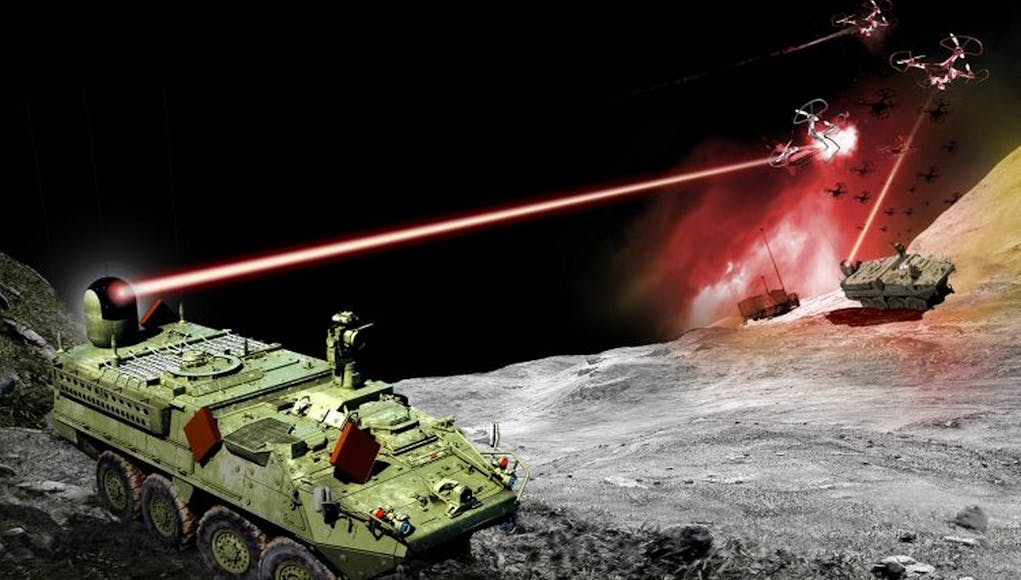
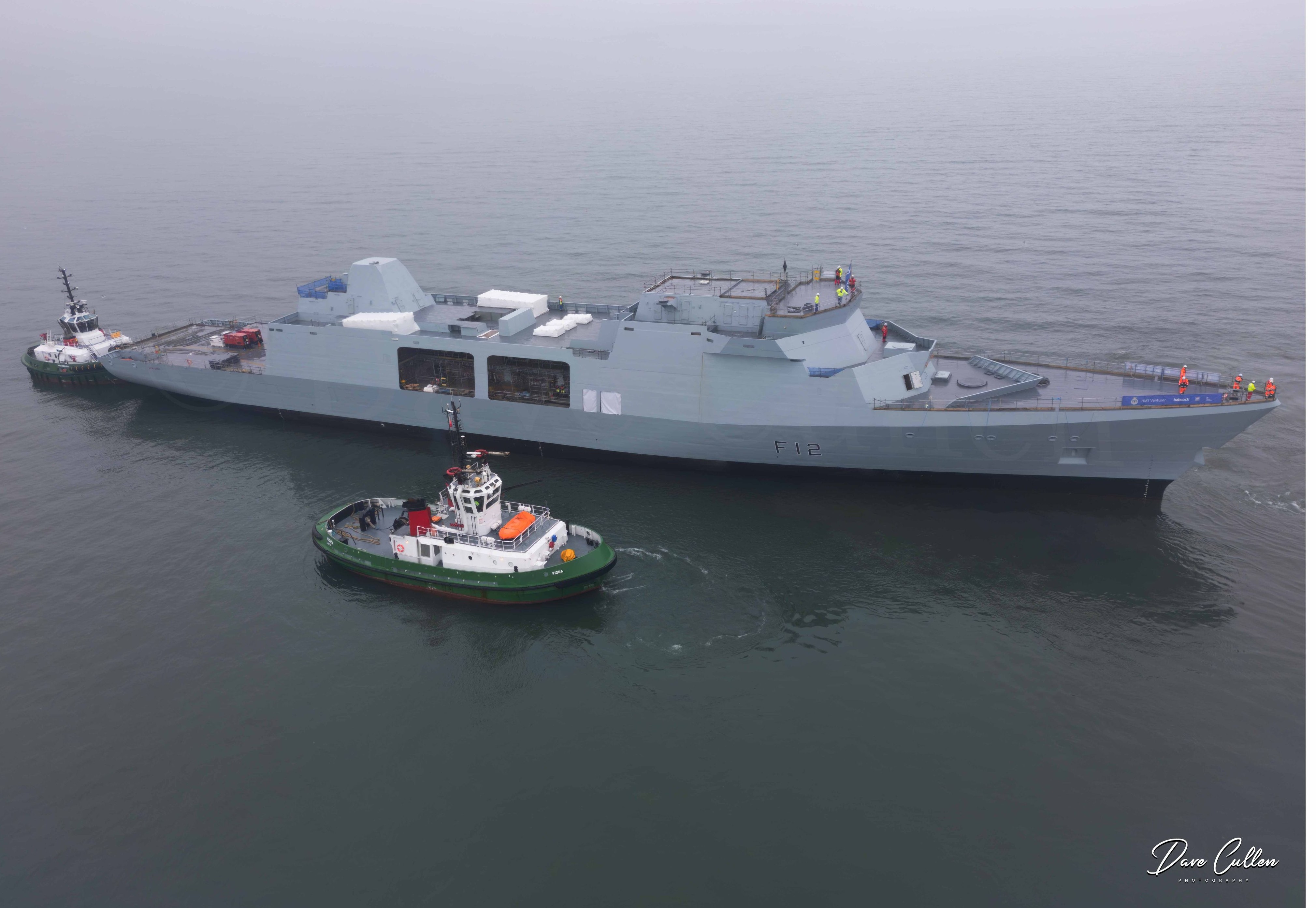


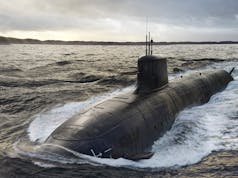
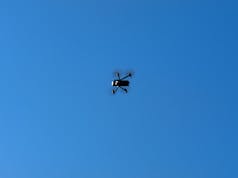



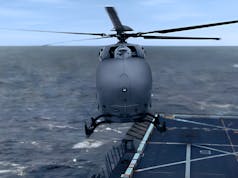

I read this the other day regards the US and Lasers:
New Army Laser Could Kill Cruise Missiles
WASHINGTON: Less than three months after awarding a $130 million contract to build a 100-kilowatt laser, the Army has decided to skip the 100 kW weapon and go straight for a much more powerful one in the 250-300 kW range. Unlike the original design, the higher power level could potentially shoot down incoming cruise missiles — plugging a glaring gap in US defenses against a Russia, China or Iran.
………Whatever the contract mechanism, why does the Army now believe it can get a weapon up to three times as powerful in just two additional years? Part of the answer is an increased sense of urgency and tolerance for risk across Army. The service has slashed almost 200 lesser programs to fund faster fielding of its Big Six priorities for major war, which range from 1,000-mile missiles to robotic tanks to VR training. No. 4 of the Big Six is improved air and missile defenses, without which the rest of the force would be fatally vulnerable to Russian or Chinese precision-guided weapons.
Last December, the Army combined its most technologically challenging efforts — hypersonic missiles and laser weapons — under a new Rapid Capabilities & Crucial Technologies Office, led by Lt. Gen. Neil Thurgood, the service’s highest-ranking acquisitions Program Executive Officer. Army leaders have made clear their goal is not only to field weapons faster but to stop wasting time and money reinventing the wheel. Initiatives that duplicate work already underway elsewhere in the Army or in its sister services will be cut.
Story from Breaking defence.
Great info, thanks farouk. Wasn’t aware of these big six items nor the renewed focus on them. I wish the UK was doing something similar.
Search for dragonfire.